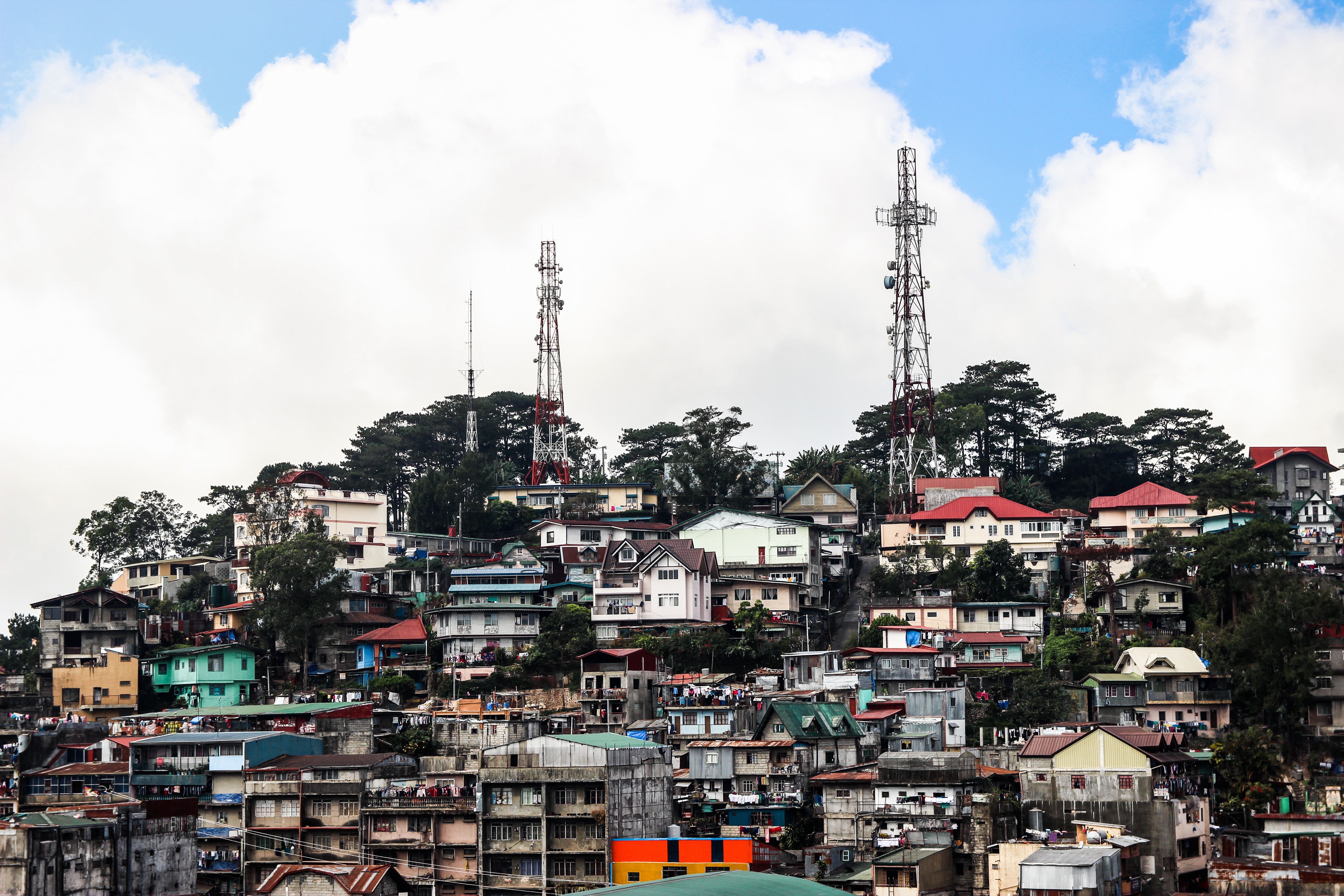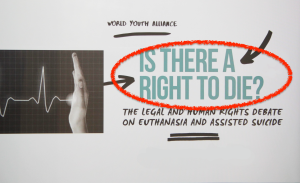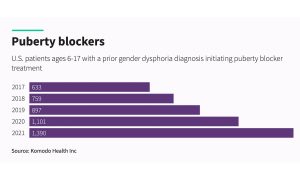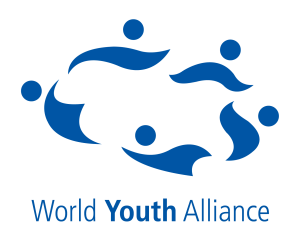I was a senior in university when the RH Law, or the Responsible Parenthood and Reproductive Health Act was passed in the Philippines. Long and impassioned debates rendered my country divided. I remember my friends passionately arguing their positions. There were public debates and campaigns and rallies. But despite eventually obtaining legislative fiat, the resistance to the law’s full implementation continues.

The dispute? The Philippines’ need for a population control measure in the form of a reproductive health law. Two Supreme Court cases promulgated in 2014 (Imbong vs. Ochoa) and in 2017 (ALFI vs. Garin), give clarity to the status of the Reproductive Health Law as tested against constitutional standards, furnishing guidelines for its interpretation and implementation. But most importantly, these cases serve to highlight our views on fundamental questions regarding human dignity and freedom.
When these two Supreme Court decisions came out, I was in law school. I had the good fortune of working with some of the lawyers who fought against the law, recognizing that Filipino culture values life from conception. Warranting state protection for the unborn from the very first instance of life, is consistent with the Declaration of State Policies of the Constitution of the Philippines. A stern order from the Supreme Court effectively prohibits the use, promotion, and circulation of all abortifacients. This statute and jurisprudence provides safeguards for the right to life of the unborn, as well as that of the mother’s, which the State is mandated to equally protect.

Now, as I complete my advocacy internship with the World Youth Alliance, I have a greater knowledge of the issues surrounding population control programs. The WYA White Papers examine the research and case studies of states where population control legislation has been implemented in the name of poverty reduction. The Sustainable Development White Paper research reveals that contrary to public opinion, population management programs have never proven to be an effective means of addressing poverty and social inequality, nor has limiting the number of children parents can have (such as in the extreme case of China’s one-child policy), served to lessen environmental impact.
Furthermore, my training in WYA has enabled me to see that there are ways to provide for the reproductive health and maternal health needs of a population, without imposing contraceptive and abortive measures that go against the cultural or religious norms of a community. One such program is FEMM, a women’s health program that provides comprehensive health education grounded in the science of women’s health. FEMM education provides women with the knowledge and understanding of how their bodies work, teaching women to understand the signs of hormonal change through biomarkers in their bodies. The patterns of these biomarkers tell a woman if her cycle is healthy and normal, and can also be used by her to understand and manage her fertility. Through FEMM education, women become informed participants in their reproductive healthcare, improving the lives of women and families.
The exposure and education I have received through my advocacy internship at WYA is vital to my legal practice. Arduous as it may be, it is well to bear in mind what is at stake in this fight: the very trajectory of my country. Will we continue to view people as burdens and problems? Or will we see that, as Principle 2 of the UN International Conference on Population and Development Programme of Action states, “Humanity’s creativity is the Earth’s greatest resource.”
[su_divider top=”no” size=”1″ margin=”10″]
Written by Joel Arzaga, J.D., a current advocacy intern at the WYA Headquarters
Published on: July 12, 2019







